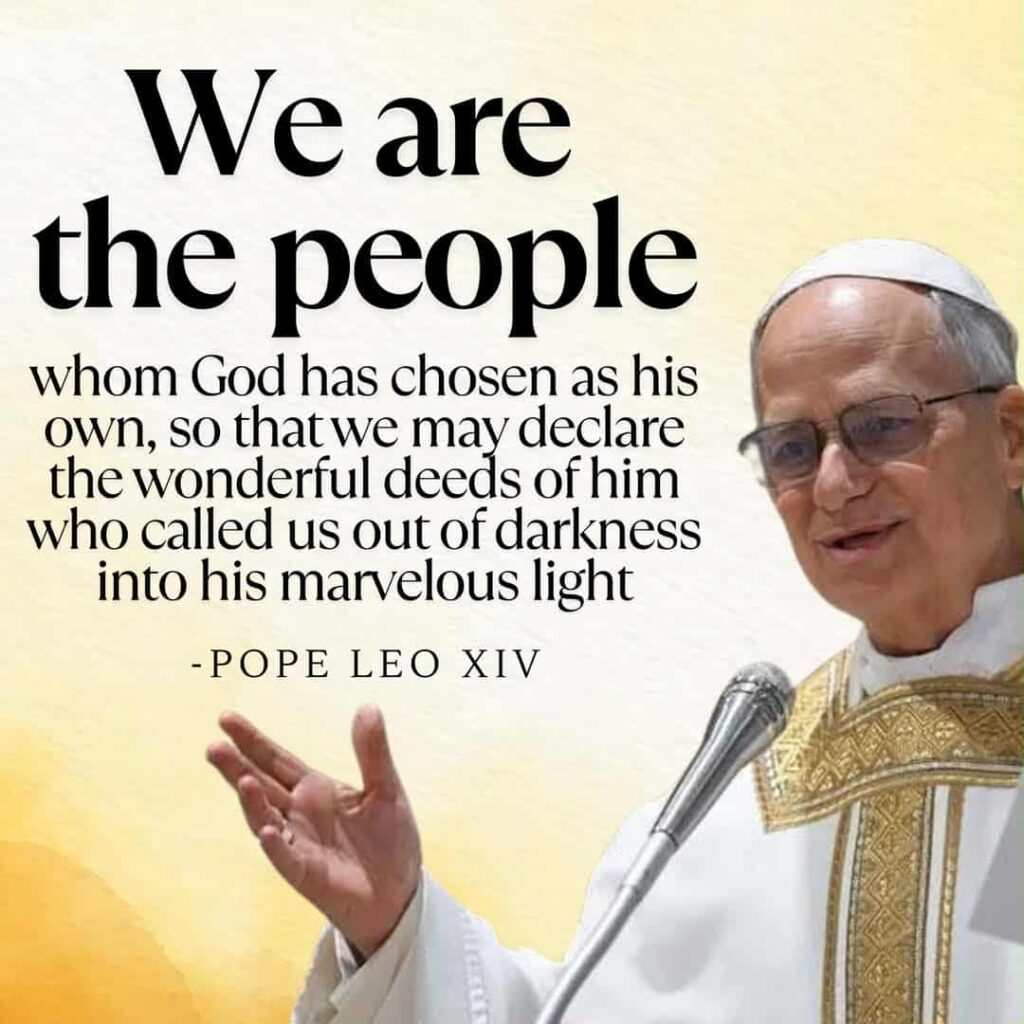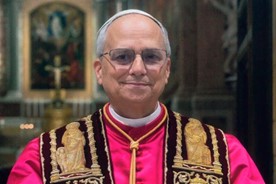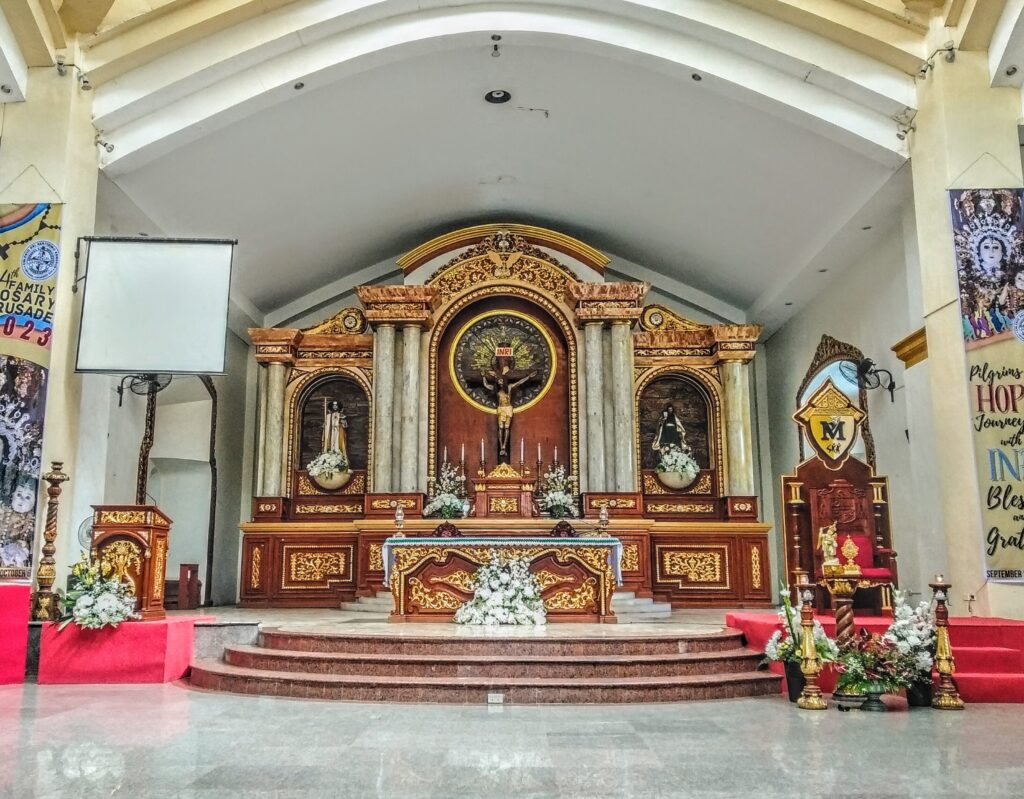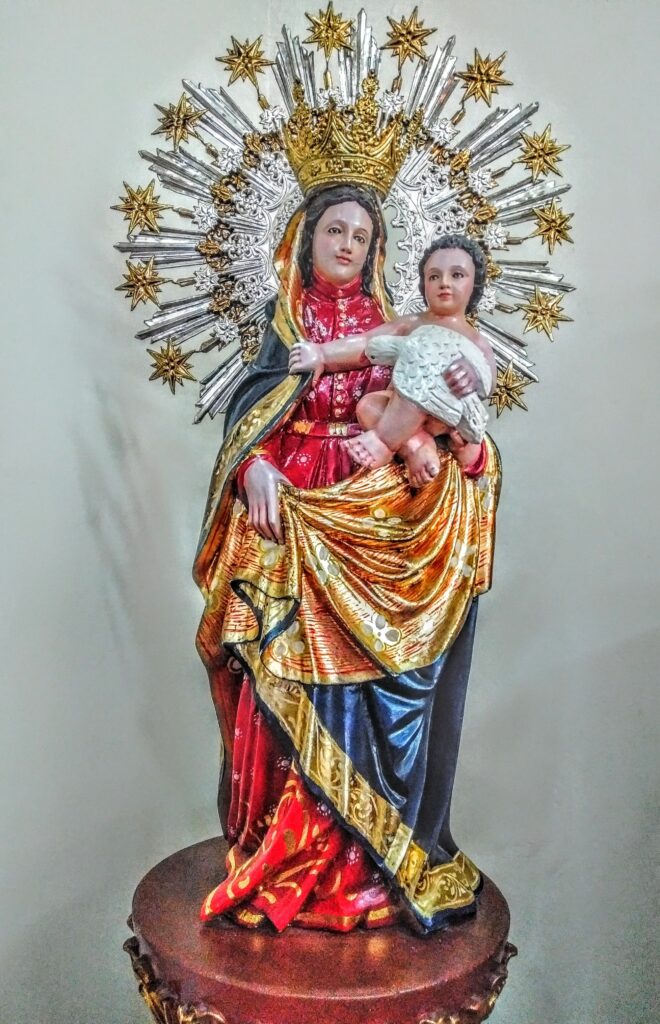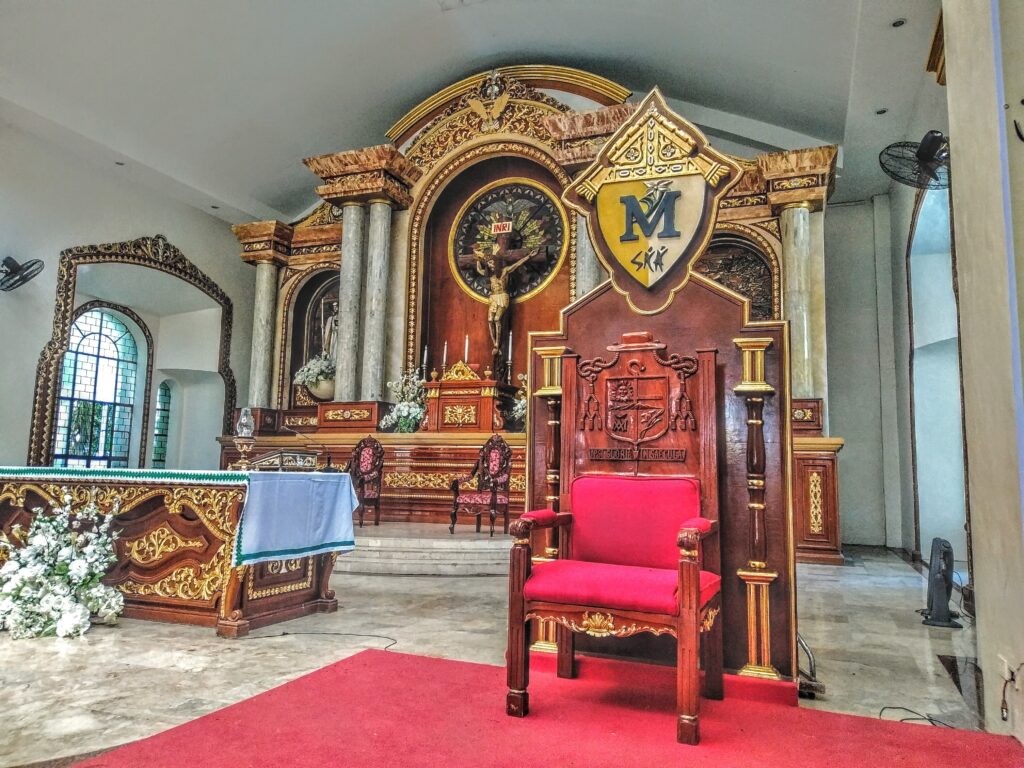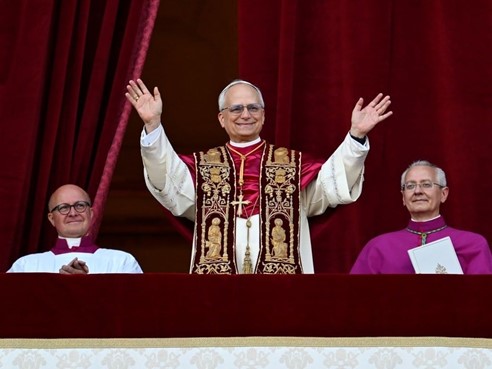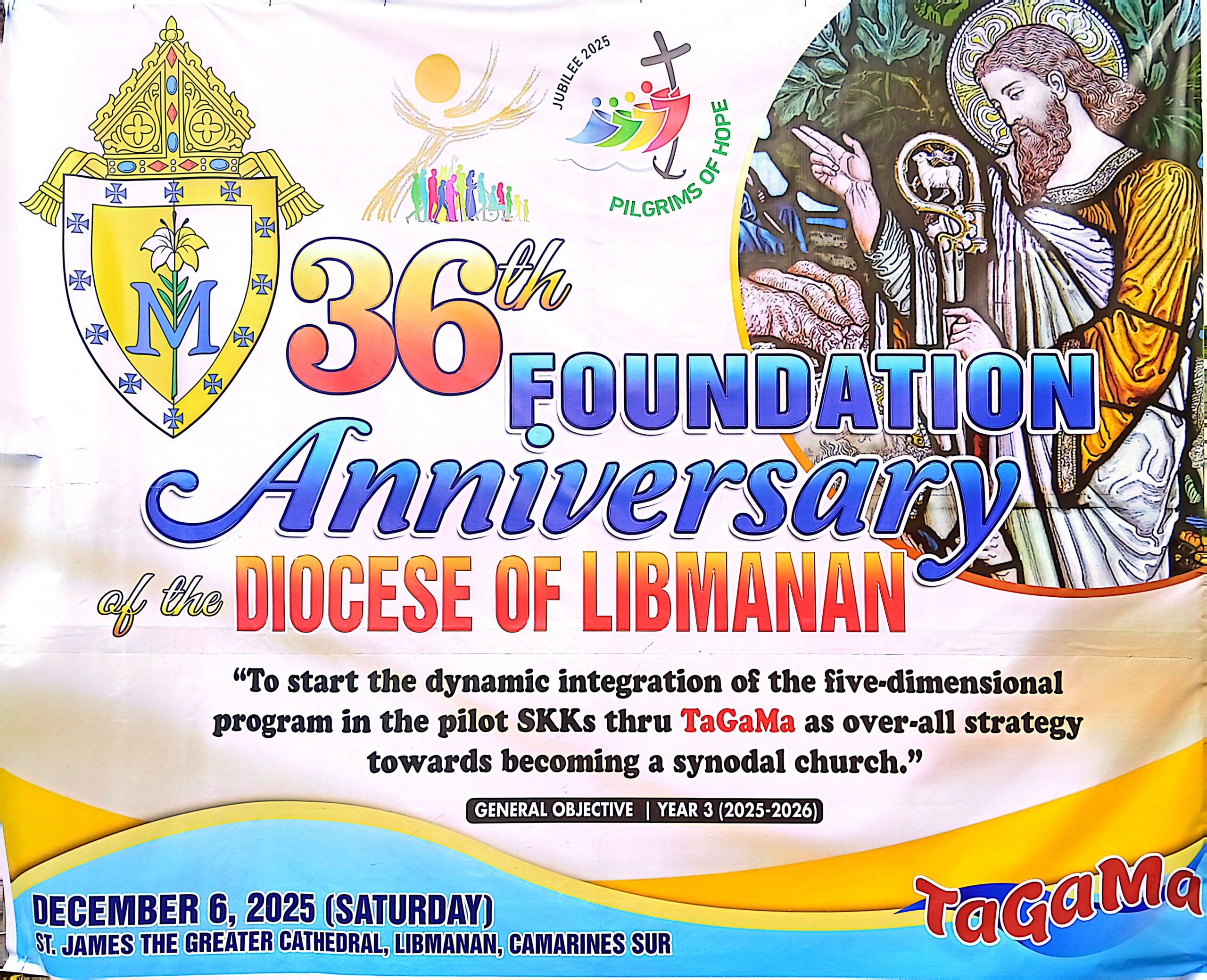Rome, May 8, 2025. In a dramatic turn of events, the 133 Cardinal-electors of the Conclave convened to choose the successor of Pope Francis as the 267th Supreme Pontiff of the Roman Catholic Church, defied once more expectations by choosing the American-Peruvian Cardinal Robert Francis Prevost, concurrently until he was elected Pope, the Prefect of the Dicastery for Bishops. At around some minutes past 6 pm, Western European time, Cardinal Protodeacon Dominique Mamberti announced: “Annuntio vobis gaudium magnum: Habemus Papam. Eminentissimum ac reverendissimum Dominum Robertum Franciscum Sanctae Romane Ecclesiae Cardinalem Prevost qui sibi nomen imposuit Leonem Decimum Quartum.”
The new pope is an American, born in Chicago on September 14, 1955. He obtained the Peruvian citizenship in 2015 after many years of missionary work in Peru. An Augustinian Friar (OSA), who made his final vows on September 2, 1978, then-Friar Prevost was ordained a priest on June 19, 1982. After serving as the Superior General of the Augustinians between 2001 and 2013, he was ordained a bishop on December 13, 2014, having been named at the same time as Apostolic Administrator of Chiclayo, Peru. On January 30, 2023, he was appointed by Pope Francis as Prefect of the Dicastery for Bishops, thereby also obtaining the personal title of Archbishop. Eight months later, he was subsequently elevated to the rank of Cardinal on September 30, 2023.
Cardinal Prevost, now Pope Leo XIV, is an alumnus of Villanova University in Pennsylvania, a private Catholic college, where he earned a bachelor’s degree in math in 1977. He studied later at the Catholic Theological Union of Chicago, where he received a diploma in theology. Subsequently, he was sent by the Augustinians to study at the Pontifical University of St. Thomas Aquinas (Angelicum) in Rome, where he obtained a doctoral degree in Canon Law in 1987.
Before he was elected Pope, Leo XIV was little known even among the Cardinal-Electors. For most of his ministry, he shied away from the limelight and the prying eyes of social media. His choosing the name of Leo XIV, reminiscent of his predecessor, Pope Leo XIII (Pope between 1878 and 1903), seems to send a strong signal to the world that his would be a Papacy bent on confronting social justice issues of the times.
Some hours after white smoke was seen billowing from the chimney atop the Apostolic Palace, Pope Leo XIV appeared at the central balcony (loggia) of St. Peter’s Basilica. He greeted the cheering crowd: “Peace be with all of you! Dearest brothers and sisters, this is the first greeting of the Risen Christ, the good shepherd who gave his life for God’s flock. I too would like this greeting of peace to enter your heart, to reach your families, to all people, wherever they are, to all peoples, to the whole earth. Peace be with you!”
In a beautiful homily, at a mass with the Cardinals who elected him, held at the Sistine Chapel the following day (May 9, 2025), Pope Leo XIV paints a picture of the world where the gospel is to be vigorously proclaimed anew. It is a world, he said, “in cui la fede cristiana è ritenuta una cosa assurda, per persone deboli e poco intelligenti… in cui non è facile testimoniare e annunciare il Vangelo e dove chi crede è deriso, osteggiato, disprezzato, o al massimo sopportato e compatito.” It is in this world context where the new Pope sees himself courageously exercising the Petrine ministry (subsequently recalling Ignatius of Antioch’s martyrdom in Rome), and invites the rest of us to take up the challenge of bearing witness to our joyful faith in Jesus the Saviour.


